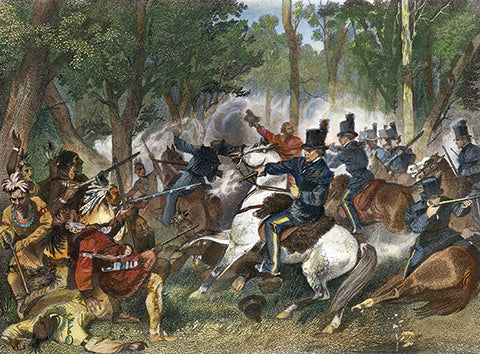
McArthur’s Raid: Another Take
The January 2022 Military History article “McArthur’s Gamble,” by Bob Gordon, was excellent, as was the entire selection of articles in that issue.
The McArthur article noted Sherman’s 1864 March to the Sea from Atlanta to Savannah as a follow-on example. But that action was actually a conquest, smashing a 60-mile-wide path through Georgia in the combined drive to crush the South and win the Civil War.
A better example of a similar type of raid to McArthur’s is the highly successful Grierson’s Raid (April 17–May 2, 1863), a 600-mile strike through southern Tennessee and Mississippi on into Union-occupied Baton Rouge, La.
This 1,700-troop cavalry raid tied the central Southern forces in knots, distracting from efforts to marshal forces to counter Ulysses S. Grant’s pending attack on Vicksburg, and all with very low Union losses. Grant used this successful example of living off the land to push his rapid attack on Jackson, Miss., before turning back to lay siege to Vicksburg. These successes were the basis on which Sherman later planned his order-of-magnitude-larger March to the Sea.
Mark Prose
Oracle, Ariz.
_Editor responds: Fair enough, though Brig. Gen. Duncan McArthur arguably faced a stiffer challenge in that his operation, unlike those of Col. Benjamin Grierson or Maj. Gen. William T. Sherman, was a round trip through enemy territory. _
this article first appeared in Military History magazine
Facebook @MilitaryHistoryMagazine | Twitter @MilHistoryMag
